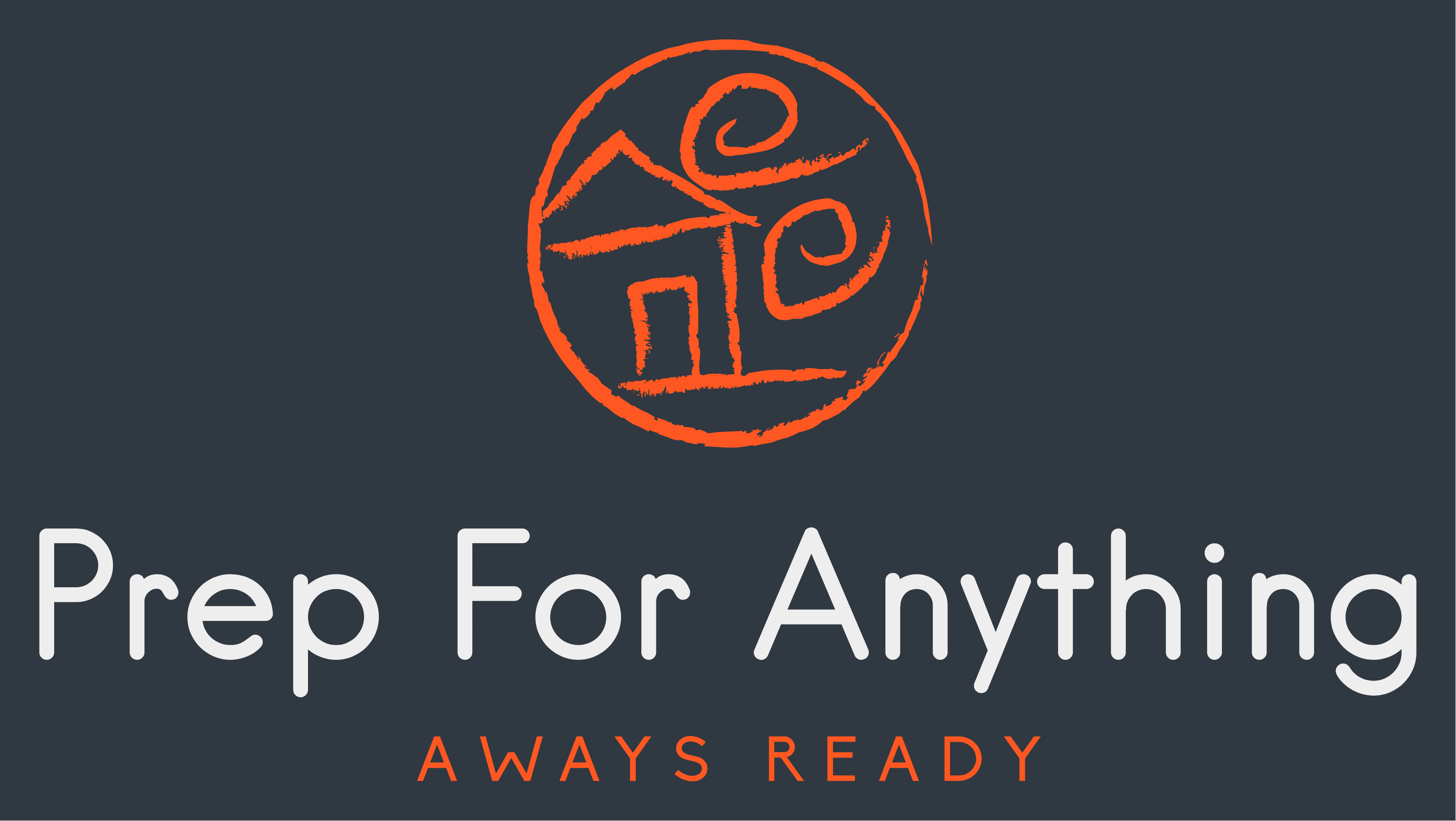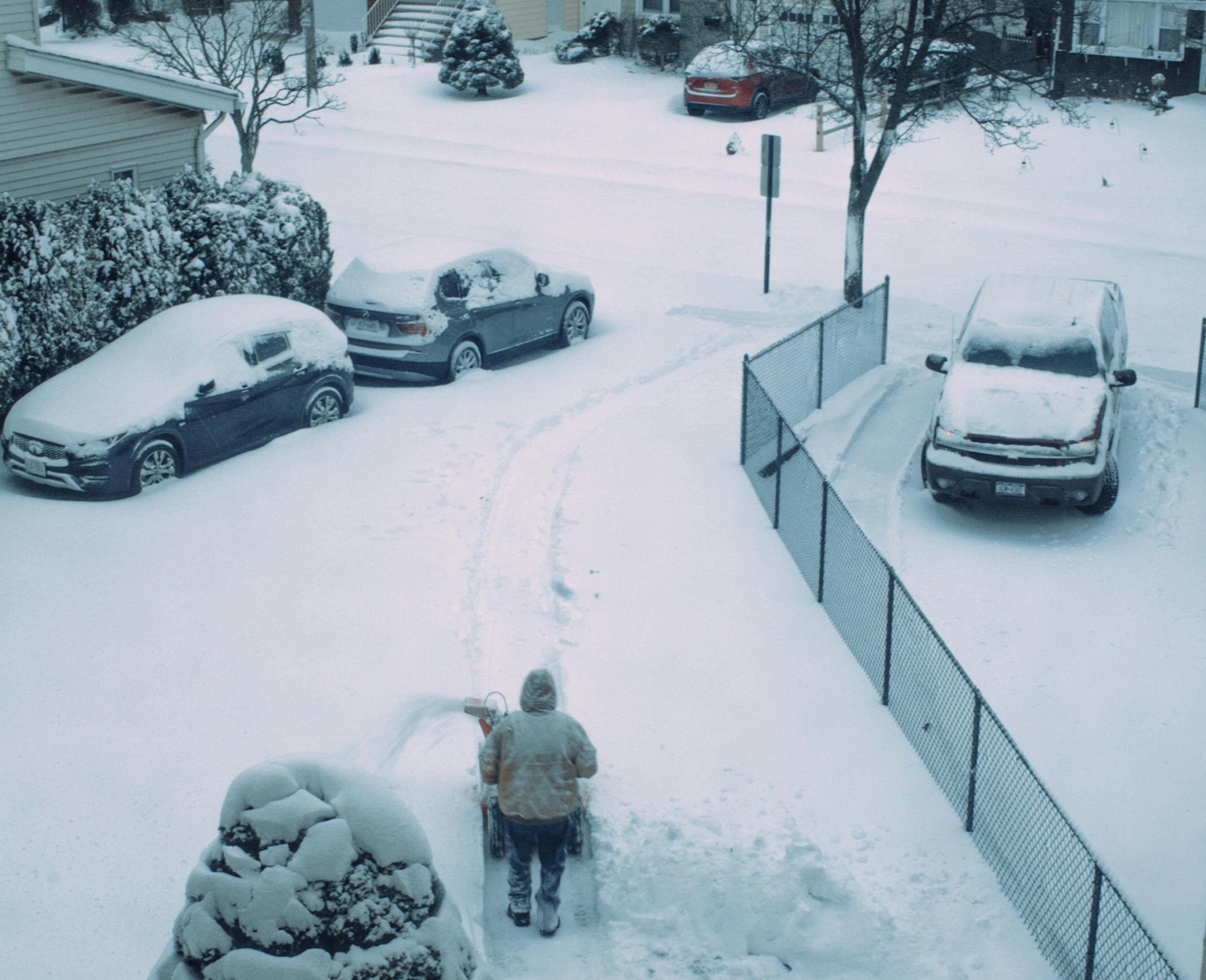Winter brings beauty with its snowy landscapes and cozy indoor moments, but it also brings the risk of power outages, especially during extreme weather conditions. These blackouts can be prolonged, leaving families and communities without power for hours or even days. Whether caused by heavy snow, ice storms, or high winds, losing electricity during the winter can disrupt your daily life and make it challenging to stay connected with loved ones, work, and emergency services.
In the event of a winter blackout, communication becomes crucial to your safety and well-being. With the right tools and strategies, you can ensure that you stay in touch with the outside world and can get the help you need when you need it most. In this blog post, we’ll explore the best communication tools to use during a winter blackout, as well as helpful tips for staying connected and informed.
1. Prepare a Winter Communication Plan
Before a winter storm or blackout even hits, it’s important to have a plan in place. If everyone in your household is prepared with a clear communication strategy, you’ll reduce the chaos and stress that can come with power outages.
Start by establishing emergency contact information. Make a list of phone numbers for family members, neighbors, and other trusted contacts. Ensure that everyone knows how to reach these individuals in case of a blackout, and update the list regularly. Share important contact details with extended family members or friends who may be outside the affected area so they can stay informed of your situation.
Consider setting up a designated meeting place in case of an evacuation or if it’s too difficult to communicate via phone. This could be a nearby relative’s house or a community center with backup power.
2. Keep a Backup Communication Device: Cell Phones and Portable Chargers
While most people rely on their home phones and landlines for communication, a winter blackout can disrupt these lines. One of the most reliable ways to stay in touch during an outage is through your mobile phone. However, the challenge with cell phones is that they rely on battery power, which can quickly drain during an emergency.
To solve this, keep portable chargers or power banks on hand, fully charged and ready for use. Choose portable chargers that offer enough power to keep your phone running for an extended period. Some chargers can provide several full charges for a smartphone, which can be a lifesaver during a long outage.
Consider purchasing a solar-powered charger as well, especially if you expect power outages to last for a few days. Solar chargers can be a great alternative if there’s no electricity and your traditional charging methods aren’t available. Keep in mind that you’ll need a clear, sunny day to fully recharge these devices, so it’s wise to keep them stored in a well-lit area during the winter months.
3. Use Two-Way Radios for Local Communication
When power is out and cell networks become congested or unavailable, two-way radios (also called walkie-talkies) can be an excellent backup option for communication within your neighborhood or among family members. These devices do not require cellular service or internet connection to function, making them ideal in situations where you need to communicate locally without relying on the power grid.
Two-way radios can cover a range of several miles depending on the model, so be sure to select radios that fit your needs based on the size of your property or area of coverage. These radios are particularly helpful when family members need to stay in contact while traveling to check on other relatives or gather supplies.
Some radios even come with weather alerts, which can be useful for staying informed of upcoming storms or changes in weather conditions. If you live in a rural area or on a larger property, radios will allow you to stay connected even when you’re in separate locations.
4. Ham Radios: A Lifeline for Serious Emergencies
For more advanced communication needs during an extended blackout, ham radios (or amateur radios) are an option to consider. Ham radios operate independently of cell networks or power grids and can transmit over longer distances. In fact, ham radios are often used in emergency situations when other forms of communication fail, such as natural disasters, large-scale power outages, or blackouts caused by weather events.
While obtaining a ham radio requires some technical knowledge and a license from the Federal Communications Commission (FCC), it can be a powerful tool for staying connected during emergencies. There are numerous online resources and local ham radio clubs that can help beginners get started.
In addition to personal use, ham radios can be a critical communication tool for emergency services, allowing civilians to relay messages to public safety organizations. These devices are perfect for communicating with others in the area, or even for reaching out to outside networks for support or information.
5. Satellite Phones: Global Communication in Any Condition
When the power goes out, many people’s first instinct is to reach out for help. If your cellular network is down or the outage affects your local area, a satellite phone could provide the answer. Satellite phones don’t rely on traditional cell towers and can work anywhere on Earth with a clear view of the sky, making them ideal for situations where you need to communicate in remote or disaster-stricken areas.
Satellite phones can be more expensive than regular mobile phones, and the cost of calls may be higher, but their ability to work even during severe outages makes them invaluable in an emergency. If you live in an area that frequently experiences severe weather, such as winter storms, it may be worth investing in a satellite phone to ensure you’re always connected when you need to be.
6. Emergency Alert Systems and Weather Radio Apps
Another essential communication tool to rely on during a blackout is an emergency alert system or a weather radio. These systems broadcast important updates and warnings from local authorities, providing critical information about weather conditions, evacuation orders, and emergency services.
FEMA’s Wireless Emergency Alerts (WEA) program and the National Oceanic and Atmospheric Administration (NOAA) Weather Radio are two key services that can keep you informed during a winter blackout. NOAA Weather Radios are especially important because they broadcast continuous weather information, even during power outages, and provide specific alerts for your area. Many of these radios are portable, battery-operated, or even hand-cranked to ensure they continue working when power is down.
For more convenience, you can also use weather radio apps that offer alerts directly to your phone. While you will still need to ensure your device is charged, these apps can provide real-time weather updates and emergency alerts, even when other communications fail.
7. Social Media for Community Updates
Even when power is out at home, the internet may still be accessible at community centers, local libraries, or nearby businesses with backup generators. Social media platforms like Facebook, Twitter, or BlueSky can provide useful updates during blackouts. By following local news outlets, emergency services, and government agencies, you can stay informed about the current situation and potential road closures, power restoration efforts, and safety tips.
If you’re unable to get internet access, social media platforms can still be an essential tool for others to keep you updated on conditions. Be sure to let friends and family know your preferred method of receiving updates during an emergency, as relying solely on social media may not always be feasible in an area where power is completely out.
8. Alternative Lighting and Power Options
While not specifically a communication tool, having access to alternative lighting and power sources can help you stay connected during a blackout. Invest in LED flashlights, lanterns, or headlamps that provide ample lighting without draining your batteries. Consider getting a backup generator if you’re frequently dealing with long power outages or have medical equipment that requires electricity.
Solar-powered lights and small battery-powered devices can help provide lighting for communication tools like radios or phones. Additionally, rechargeable batteries can be essential for keeping devices running.
Conclusion: Stay Safe, Stay Connected
Staying connected during a winter blackout can feel challenging, but it doesn’t have to be. With the right communication tools and a clear plan in place, you can ensure that you remain informed and in contact with loved ones, even during an emergency.
Be sure to invest in portable chargers, two-way radios, and weather radios ahead of time, and don’t forget to have backup power sources on hand. Consider more advanced communication devices like ham radios or satellite phones if your needs require extended communication. By preparing your communication methods now, you’ll have peace of mind knowing that you’re ready to weather any storm – literally.
In a world where being connected is more important than ever, your preparation will ensure that even when the lights go out, you can stay informed, safe, and connected with the world around you. For more detailed information on how to prepare for a winter power outage and the overlapping hazards that may arise, visit FEMA’s Power Outage Resource.
Also, check out this guide on surviving power outages for tips and tools on handling extended blackouts and ensuring your home stays safe during an outage.




Leave a Reply